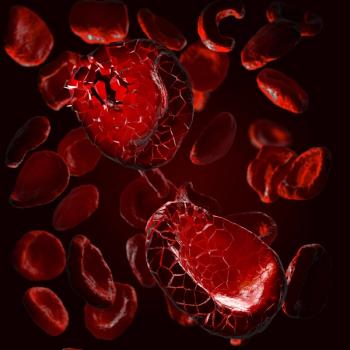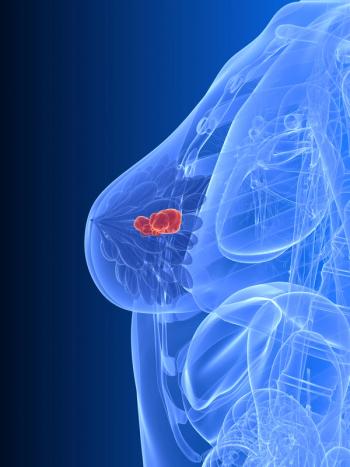
Oncology NEWS International
- Oncology NEWS International Vol 6 No 9
- Volume 6
- Issue 9
Long-Term Dronabinol Use Safe, Effective for AIDS Anorexia
COLUMBUS, Ohio-A new multi-center study supports the long-term use of dronabinol (Marinol) for anorexia associated with weight loss in patients with AIDS. Dronabinol is a synthetically produced delta-9-tetrahydrocannabinol, the active constituent of marijuana.
COLUMBUS, OhioA new multi-center study supports the long-term use of dronabinol (Marinol) for anorexia associated with weight loss in patients with AIDS. Dronabinol is a synthetically produced delta-9-tetrahydrocannabinol, the active constituent of marijuana.
Dronabinol was associated with consistent improvement in mean appetite, said Kirk V. Shepard, MD, of Roxane Laboratories, and his colleagues from 15 medical centers in the United States and Puerto Rico.
Late-Stage Patients
The open-label study involved 94 late-stage AIDS patients (mean CD4 count, 45 cells/mm³) who had previously participated in a six-week trial of dronabinol versus placebo.
In the new study, all patients received oral dronabinol, either 2.5 mg twice a day (90% of patients) or 2.5 mg once a day (10%) for the patients who could not tolerate the higher dosage during the previous randomized trial. Dronabinol dosages were adjusted upward or downward, depending on patient response and adverse effects. Appetite was measured with a 100-mm visual analog scale for hunger (VASH).
Those patients who had previously been treated with dronabinol continued to show improvement in VASH during the 12-month study (a 49% to 76% improvement in appetite each month from baseline VASH measured at the start of the prior six-week randomized trial).
Those treated with placebo in the prior study also showed substantial improvement in VASH (27% to 70% each month), with particularly good improvement during the first four months of treatment.
Seven Months of Stable Weight
Patients in both of the study groups tended to maintain or increase body weight for at least the first seven months of the study (J Pain Symptom Manage 14:7-14, 1997).
Adverse events occurred in 44% of patients, but were considered severe in only two patients. These events (38%) were primarily related to the known central nervous system effects of dronabinol (anxiety, confusion, deper-sonalization, dizziness, euphoria, somnolence, and thinking abnormality).
The data suggest that dronabinol may be administered long-term in this patient population without development of tolerance to the therapeutic effect or risk of increased toxicity, Dr. Shepard said.
Since the study was uncontrolled, he added, the investigators could not determine whether the loss of poor responders to dronabinol during the course of the study may have biased the results in favor of dronabinol.
Of interest, Dr. Shepard commented, illegal diversion of the agent, abuse, or systematic change in personality or social functioning was not reported during long-term treatment despite the fact that a substantial number of patients with a history of drug abuse were enrolled in the study.
Articles in this issue
over 28 years ago
IL-2 Shows Promise in Treating Hematologic Cancersover 28 years ago
Studies Show Who Seeks Mammography and Whyover 28 years ago
New Policy Board Enters Tobacco Frayover 28 years ago
Index Quantifies Bone Disease in Prostate Cancerover 28 years ago
Wynder Urges Nutrition as an Adjunctive Cancer Therapyover 28 years ago
Treating Other STDs May Reduce HIV Levels in the Semenover 28 years ago
Bisphosphonates Improve QOL in Bone Lesion Patientsover 28 years ago
Children Run Greatest Cancer Risk from Nuclear Testsover 28 years ago
Trials of IV SNX-111 Paused, but Phase III Pain Trials Continueover 28 years ago
IL-2 Termed ‘Gold Standard’ in Renal Cell CarcinomaNewsletter
Stay up to date on recent advances in the multidisciplinary approach to cancer.





















































































